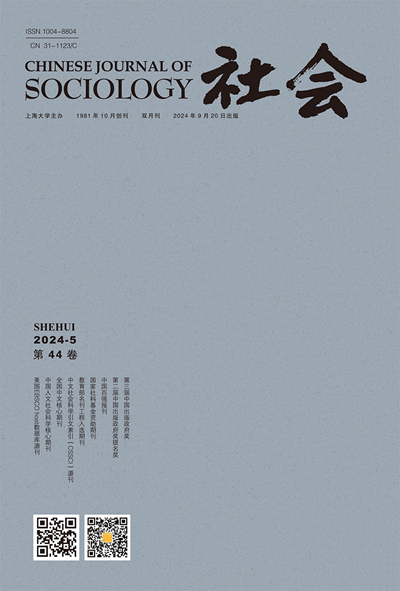Changing fertility patterns in China
IF 1.8
4区 社会学
Q2 SOCIOLOGY
引用次数: 0
Abstract
China's recent fertility data collected from the 2020 population census and 2017 fertility survey have considerably improved in quality. Based on these, we can assess the levels and patterns of fertility with high confidence. We reconstruct China's fertility history from 1990 using these two types of data and review the trends and characteristics of fertility transitions and changing fertility patterns in China. Over the past half century, China has experienced an extraordinary fertility transition and decline, which can be described as three stepwise downward jumps in fertility that occurred in the 1970s, 1990s, and 2010s. While the tempo effect has always depressed fertility, the quantum effect became positive in the most recent fertility decline, when China made successive adjustments to its fertility policy. Age, parity, and interval patterns of fertility in China have also undergone fundamental changes influenced by changing fertility policies and rapidly expanding higher education. The recent rapid decline in fertility is driven by the increasing postponement of marriage, a large reduction in fertility for lower education groups, and a rising proportion of younger women accessing higher education.中国不断变化的生育模式
中国近期从2020年人口普查和2017年生育调查中收集的生育数据在质量上有了很大提高。在此基础上,我们可以很有把握地评估生育率的水平和模式。我们利用这两类数据重构了1990年以来中国的生育历史,回顾了中国生育转型和生育模式变化的趋势和特征。在过去的半个世纪里,中国经历了非同寻常的生育率转型和下降,可以用20世纪70年代、90年代和2010年代的三次生育率逐步下降来描述。虽然节奏效应总是会抑制生育率,但在最近的生育率下降中,量子效应变得积极起来,当时中国对其生育政策进行了连续调整。受生育政策变化和高等教育快速发展的影响,中国的生育年龄、胎次和间隔模式也发生了根本性的变化。最近生育率迅速下降的原因是,越来越多的人推迟结婚,低教育群体生育率大幅下降,接受高等教育的年轻妇女比例上升。
本文章由计算机程序翻译,如有差异,请以英文原文为准。
求助全文
约1分钟内获得全文
求助全文
来源期刊

社会
Social Sciences-Social Sciences (all)
CiteScore
1.70
自引率
0.00%
发文量
6799
期刊介绍:
The Chinese Journal of Sociology is a peer reviewed, international journal with the following standards: 1. The purpose of the Journal is to publish (in the English language) articles, reviews and scholarly comment which have been judged worthy of publication by appropriate specialists and accepted by the University on studies relating to sociology. 2. The Journal will be international in the sense that it will seek, wherever possible, to publish material from authors with an international reputation and articles that are of interest to an international audience. 3. In pursuit of the above the journal shall: (i) draw on and include high quality work from the international community . The Journal shall include work representing the major areas of interest in sociology. (ii) avoid bias in favour of the interests of particular schools or directions of research or particular political or narrow disciplinary objectives to the exclusion of others; (iii) ensure that articles are written in a terminology and style which makes them intelligible, not merely within the context of a particular discipline or abstract mode, but across the domain of relevant disciplines.
 求助内容:
求助内容: 应助结果提醒方式:
应助结果提醒方式:


